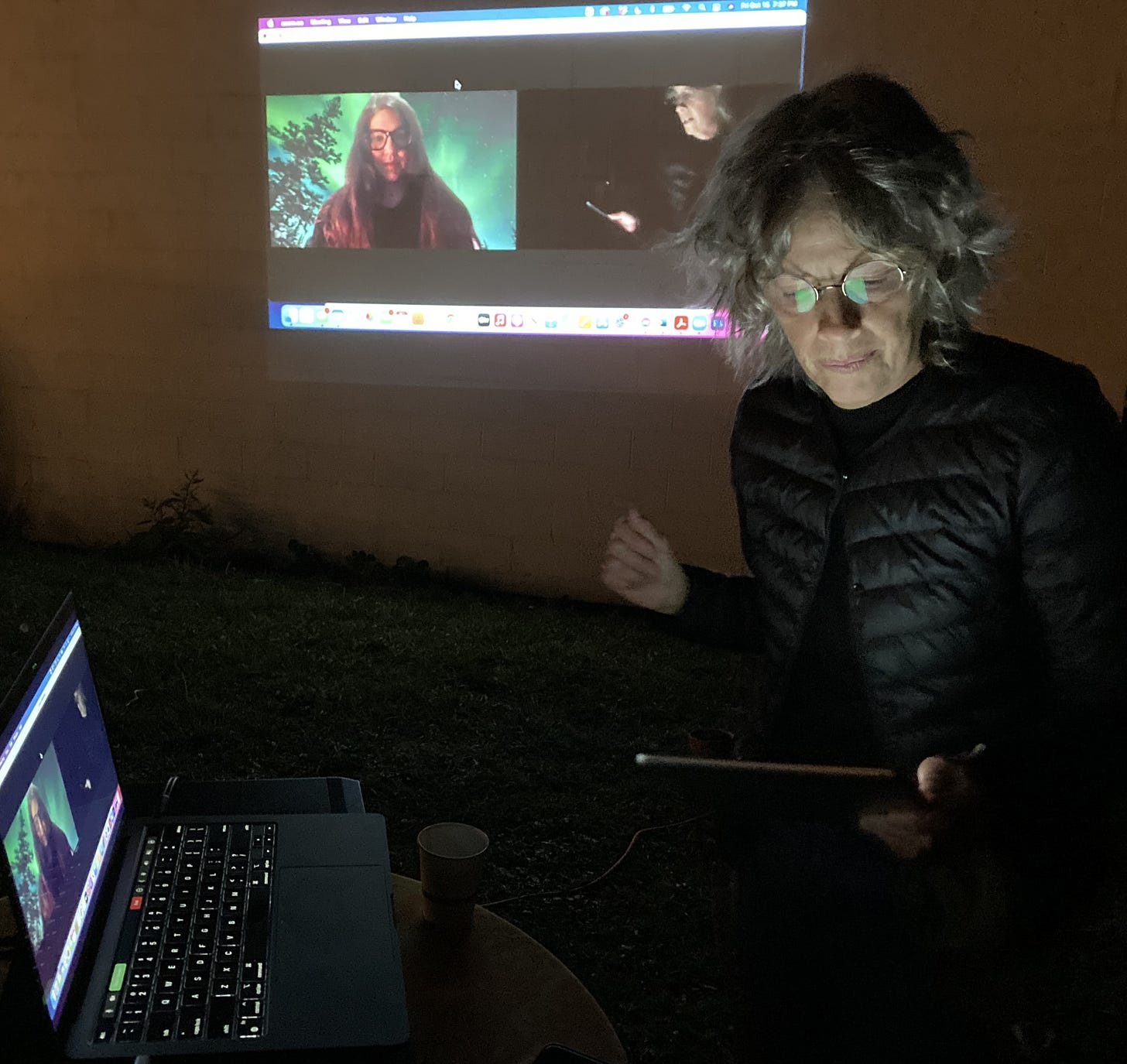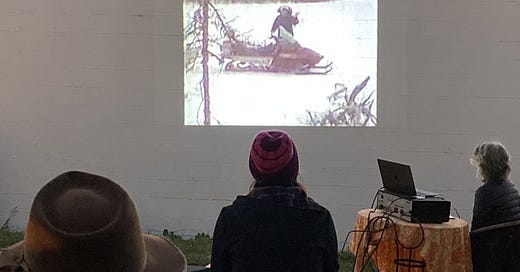For centuries, Native Americans have passed down from generation to generation their cultural history and traditions through song and words and stories.
Native American history, art and artifacts, and accounts of community culture have been collected and isolated from their communities of origin by the white European establishment. Documents and film footage have been sitting in cold storage in archives across North America.
“To be an Indian is to have non-Indians control your documents from which other non-Indians write their versions of your history,”--William T. Hagan (Hagan, W. T. (1978). Archival Captive—The American Indian. The American Archivist, 41(2), 135–142.)
Experimental Filmmaker Jennifer Dysart based in Ontario, Canada and who often works in the Toronto area has been breaking ground experimenting with recording and layering of sound and image where family history, her search through archival records and an inventive filmic sensibility converges into her own combined archival and personal film “chronicles.”
Last evening, on a cold October night, the Larry Spring Museum in Ft. Bragg CA hosted an outdoor screening of two of Dysart’s films. The film was projected on the exterior of the building that houses the the museum. The screening was followed by a spirited live ZOOM dialogue with Dysart about her researching and sorting through public and private archival holdings, her method of constructing her films and the introducing of the found images to their original communities and her own family.
Following COVID protocols, wrapped in blankets and warm jackets and sipping hot tea, we took a journey throug Dysart eyes and personal storytelling.
This presentation of archival images and an imagining and interpreting of and the recalling of memory, form an intriguing reclaiming of Indigenous communities’ history and perspective. This screening and presentation was funded in part from the “Quick Grants” California Humanities whose mission is to: “To connect Californians to ideas and one another in order to understand our shared heritage and diverse cultures, inspire civic participation, and shape our future.”

The films
Caribou in the Archive (8:10 minutes; 2019) a rustic VHS home video of a Cree woman hunting caribou in the 1990s is combined with National Film Board of Canada film footage shot in northern Manitoba in the 1950s. At the heart of this personal found footage film, the filmmaker describes the events that led to saving an important piece of family history from being lost forever.
Kewekapawetan: Return After the Flood (29 minutes; 2014)
Upon seeing a description of several hours of 50-year-old black and white 16mm film about the flooding of her Cree community of South Indian Lake, Manitoba, Canada (O-Pipon-Na-Piwin Cree Nation) held in cold storage at the provincial archives, Dysart embarked on a journey to return the material to the community. Through this found footage, the filmmaker presents the story of her Indigenous community’s dispossession and displacement demanded by a major hydroelectric project and the community’s ongoing story of survival.
About the film maker Jennifer Dysart
Jennifer Dysart is a director of films and an archival researcher blending a social sciences and humanities background with a contemporary fine arts practice. She is Cree and Scottish-American on her father’s side and German Canadian on her mother’s side.
Links:
https://www.sylff.org/fellows/jennifer-dysart/
https://vucavu.com/en/winnipeg-film-group/2014/kewekapawetan-return-after-the-flood-1
https://vucavu.com/en/winnipeg-film-group/2019/caribou-in-the-archive



